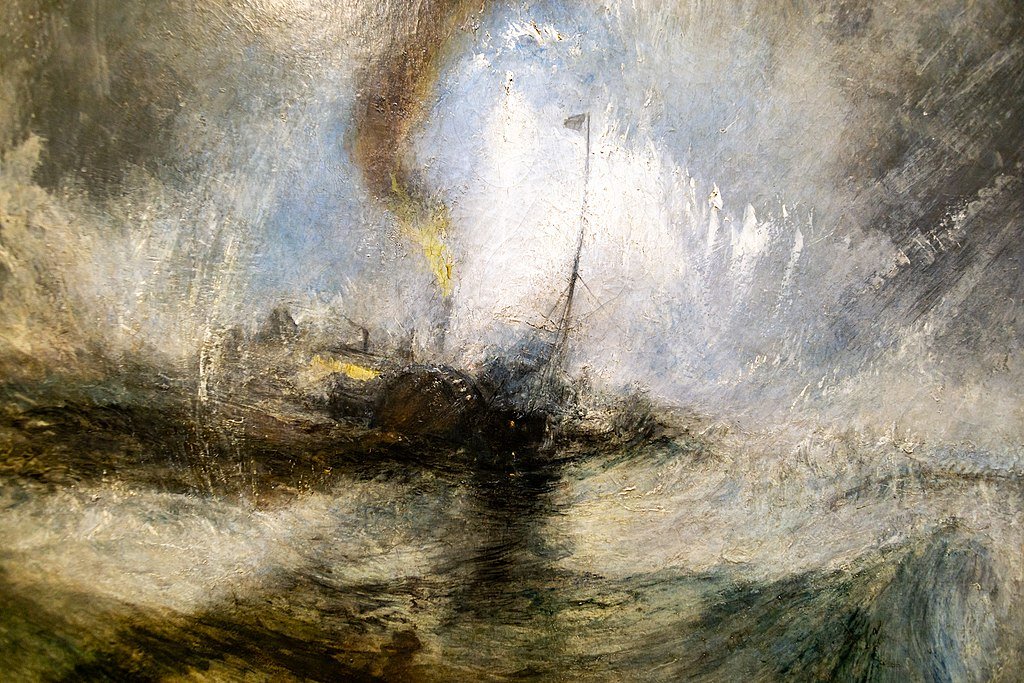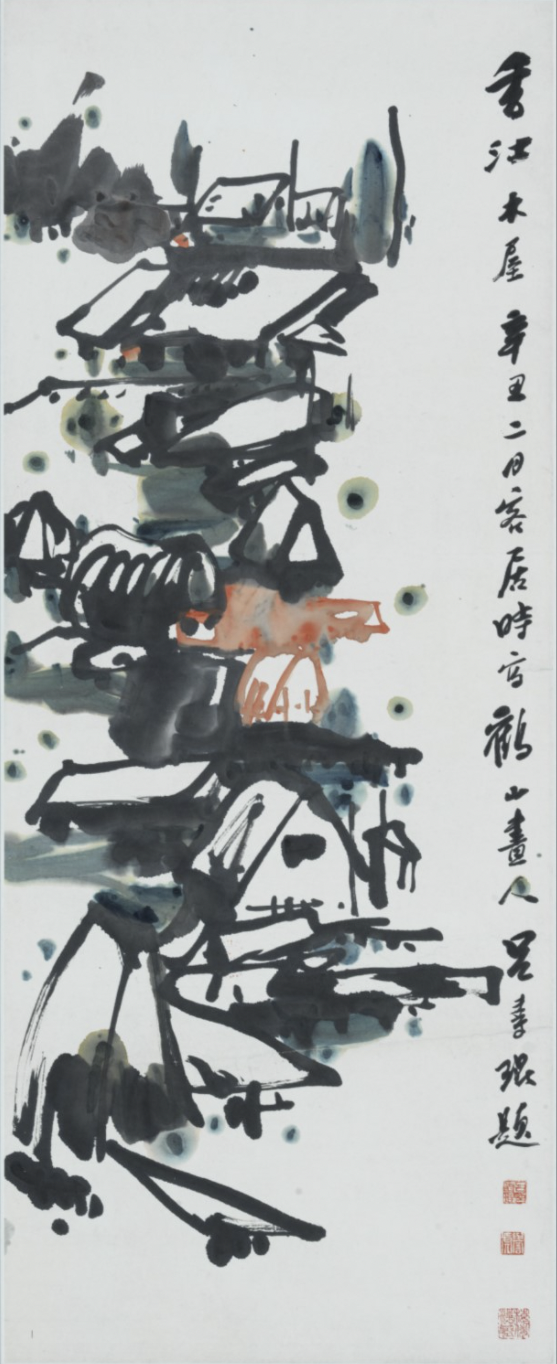LUI SHOU-KWAN – From the teachings of the Chinese masters to Zen painting
The Hong Kong Museum of Art (MOA) has been recently renovated and it was very much worth my second recent visit. Due to its enviable location, facing the beautiful bay, as I moved from one exhibition hall to the next, from one floor to another, I could experience some astonishing views of Hong Kong island through the full-length windows. It was a particularly clear day. The Star Ferry was crossing the harbour, while a Chinese junk with red sails moved slowly on the waters, which glimmered under the sun rays. I sat down and quietly took in the landscape through the perfect frame as if I were admiring another work of art. This was my first ‘zen’ moment, to which another one would soon follow.
There is quite a lot to view in the MOA, but a particular exhibition caught my eye: When Form Matters: Following the Path of Lui Shou-kwan to Zen Painting, inaugurated in August 2021 and currently ongoing.
Lui, Shou-kwan (1919-1975) is recognised as Hong Kong’s pioneer in the New Ink Movement and an artist who had a far-reaching influence on contemporary Chinese art. The New Ink Movement of the 1960s and 1970s aimed at revolutionising Chinese ink painting through the appropriation of elements associated with Western Abstract Expressionism.
It was fascinating to explore the breadth of Lui’s artistic expressions as showcased in the MOA. In the earlier phases of his painting career, the artist learned from – and imitated the styles of – the old masters and some western painters, while also featuring Hong Kong’s scenery in his art pieces. He worked as an inspector at the Yau Ma Tei Ferry Company, so he had the chance to view Hong Kong’s mountains and harbour from the pier. In 1966, he eventually quit his job to work full time as a painter and devoted all his energy to creating and teaching Art.
As I get closer to Waves (1956, image above on the left), I notice that it looks familiar: the painting is an attempt to reproduce William Turner’s Snow storm - Steam boat off a harbour's mouth (1842, image above on the right).
In Lui’s work, the big dark waves are one with the gloomy sky and envelope an orange Chinese junk, the only bright spot of colour in the painting. Movement and dynamism are not characteristic of typical Chinese ink paintings. So, the artist was already experimenting in this early work, already changing the rules.
His desire for ‘experimenting’ also applied to those creations that most resemble the traditional Chinese ink paintings. Among many, one of my favourites was Huts in Hong Kong (1961, image below on the left), where the realistic shapes of the huts evolve into cubes, abstract forms. I could distinguish roofs, lines, strokes creating the cluster of huts, with the charm of the traditional landscape paintings and yet revealing a very modern and fresh interpretation.
In other paintings, Lui Shou-kwan tried to reproduce the works of painters from the Yuan dynasty (1261-1378), like for instance in After Ni Zan’s Riverside pavilion by mountains (1967, image below on the right), where the landscape compositions recall the old Ni Zan and Wu Zhen masters, even if here it is enriched by ink strokes and hues.
The landscape has depth, the rocks gain tridimensionality, the trees are lush. It feels like a lively, summer riverside. In a corner stands a thatched-roof, simple pavilion. I enjoyed observing the rounded rocks of different sizes, covered in moss, the detailed leaves of the trees, the calm ripples on the water, and all the small elements that took shape as I moved my eyes around the painting.
I found myself in a very comfortable place, in a quiet corner surrounded by nature. This desire for more refined details will characterise Lui’s later abstract paintings.
What captivated me most, though, were Lui Shou-kwan’s Zen-inspired paintings, which are so different from his other works, as if created by another artist. His making of Zen paintings reached its peak in the 1970s. They are completely abstract and reminiscent of similar forms of art from the West but the atmosphere that the artist was able to create through free calligraphic brushstrokes and ink washes is rich in oriental philosophical connotations. The final result is a very particular style, his own.
I appreciated all the paintings of this series, inspired by Zen Buddhism and by the lotus flower. While observing them, I tried to catch the feeling of harmony and peace that they transmit, the unity between nature, the painter, and the observer. Often, a splash of red, blue or yellow raises above black brushstrokes.
In Zen (1974, image below), one of his most famous paintings, the very oriental theme of circularity is modified and rendered by black strokes around a white, irregular circle. In its midst, are two red strokes, partly joined, but with a white centre between them. What do they represent?
Although Zen Buddhism eventually developed traditions of study and ritual, its emphasis on personal experience has always made it a very practice-oriented tradition. The practice is meditation, and I can imagine that, for Lui, the creation of this and other paintings of this series, was a profound act of meditation. There are a few numbered Zen paintings, all of them expressing his path to the meditative form of art.
In Zhuangzi (1974, image in the cover), the artist takes inspiration from a classic tale, Zhuang Zhu dreams of being a butterfly, in which one becomes free of preconceptions and turns into one with nature. The pink butterfly, in its stylisation, raises above the black strokes and, in its lightness, takes flight on the white rice paper.
Lui Shou-Kwan’s bold and abstract strokes are a deconstruction of lotus flowers, leaves, stems. But they are also a way to create a visual language for deeper thoughts.
These brave and revolutionary works of art became the starting point for the New Ink Art. To me, during my visit, they expressed creative force, strength, and at the same time the delicate feeling of ‘being present’, with illumination and intensity, following the predicament of the Zen doctrine.
While looking at them and studying their details, I felt an incredible inner peace, as if I were in a meditation hall, and I continued my visit to the museum walking through the other exhibitions with the lightness of a butterfly.
Cover image: Zhuangzi (1974)
images:
Hong Kong Art Museum of Modern Art







